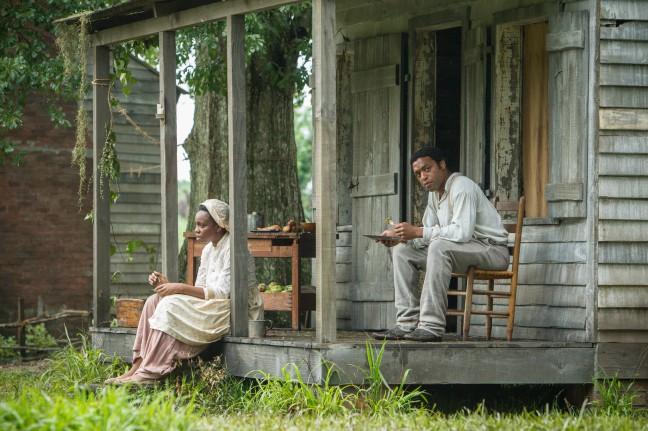If I were to choose my favorite kind of action film, it would undoubtedly be the ensemble cast. With Joss Whedon’s “The Avengers” we, as a collective audience, saw the potential for large superhero films: the clashing of personalities, the tension between the different kinds of heroes and what it meant for them to “do good.” The main reason that particular movie worked was because a wide array of personalities were in the forefront, not subjugated to supporting roles. Audiences like seeing many personalities come together and mesh (or maybe even clash). What we also like seeing are diverse characters and sometimes that means different genders, ethnicities, religions or back stories. We like to see ourselves represented onscreen, to see ourselves as the hero. But lately, we’re seeing the same kinds of heroes, the same characters. Though film studios are pushing for more diversity, we’re saddled with stereotypes more times than not.
If there is one major problem to be concerned about in American film today, it would be the lack of diversity in film’s characters creators and financiers. Onscreen today, many factions are severely underrepresented, including women, LGBTQ characters, seniors and minorities. The film characters we most often see onscreen are white men. That’s not to say all stories must be about women or have a token character to balance these biases; this seems to be the modern solution, and it’s not a good one.
What seems to be the rationale among studios is that diversity doesn’t sell, that featuring a marginalized person as the protagonist of a film won’t make any money and sells to a niche market. That argument has been voided by a study called “2014 Hollywood Diversity Report: Making Sense of the Disconnect” done by the Ralph J. Bunche Center for African American Studies at the University of California-Los Angeles, which states that films with 21 to 30 percent nonwhite diversity earned the most revenue. The same high numbers are true for television series as well. Films with more diverse casts are also more critically-acclaimed and garner more awards.
Many people are underrepresented in films today, and the main take-away is that not everyone sees someone relatable onscreen. Minorities are severely underrepresented in film leads. Of those minorities featured in films, those who had lead roles come in at less than 11 percent in the year 2011, though non-white minorities account for about 36 percent of the nation’s population. Not just minorities are underrepresented, but women as a whole. Women are underrepresented by a factor of nearly two to one among lead roles in film and only account for 25.6 percent of lead roles. Another study, done by the media watchdog group GLAAD, found that LGBTQ characters are severely lacking in mainstream media. Of several studios that were examined, 20th Century Fox and Walt Disney were given failing grades for not including gay or lesbian characters in any of the 15 films each released in that year.
The small amount of representations of these groups is oftentimes negative and stereotypical. It wasn’t until the exploitation films of the 70s that African-Americans were depicted as heroes among villainous street violence, racism and the faults in American government. Today we oftentimes see African-Americans depicted in a wide array of roles, especially in mainstream American television. But for every carefully constructed and complex character, there’s more than tenfold representations of drug dealers, addicts or the “angry black woman.” The same can undoubtedly be said about LGBTQ characters, who are often depicted as queens, confused psychotic killer or overzealous deviants with issues stemming from abuse or childhood violence. Though seeing characters onscreen that don’t fall into the majority is a good change from what has been seen before, seeing violent or negative characteristics attributed to them isn’t much of a change and proves detrimental to public opinion.
There’s also a lack of diversity behind the camera, with women having only directed 4.4 percent of films from the top 100 box office each year from 2002 to 2012. Of those films, 21.8 percent of women directed films featuring female leads and speaking roles for women. The same parallel is reported for African-American directors. Of 100 films in 2011 that were directed by African-Americans, nearly 63 percent of the characters with speaking lines were black. In the other top 94 films from the same year, less than 11 percent of the characters with speaking lines were black. This is an important corollary, because those with the power and influence to make these stories purposeful and sell them to major studios must be in the minority themselves. The industry is very masculine, very single-minded and unsure of what will bring in money. Diversity is now proven to be a money maker, and hopefully studios see that in the coming year.


